When we discard coffee cups or water bottles in the recycling bin, getting rid of the physical container is usually at the forefront of our minds, rather than its liquid contents.
Even though water covers around 71% of the Earth’s surface, liquid waste management is often an overlooked issue that affects many workplaces, including commercial kitchens, construction sites, and the automotive industry. Domestic households must also be aware of their responsibilities to ensure the safe disposal of liquid waste.
Effective liquid waste disposal is as important as having clean drinking water. If liquid waste isn’t disposed of correctly, it can harm human health, wildlife, and the environment.
Disposing of liquid waste isn’t as simple as just flushing it away. It may be tempting to pour unwanted or unusable liquid down the sink, but our drains aren’t built to carry all liquid matter.
Here, we detail some liquid waste examples and the best ways to manage your liquid waste to ensure you are fully compliant with disposal regulations.
But first, let’s define what liquid waste is.
What is liquid waste?
Liquid waste is any waste product that exists in liquid form. It could be leftover paint from a house renovation project, a by-product of a manufacturing process, or contaminated cooking oil from a commercial kitchen.
Depending on the type of liquid waste, it’s classed as either hazardous or non-hazardous. Each substance has different guidelines for its removal, but by law, all liquid waste streams must be managed and treated appropriately before discharge into watercourses, including sewers.
What are examples of liquid waste?
Liquid waste is a broad term that covers many different types of fluids produced by residential, commercial, industrial, and agricultural environments. Some of the most common examples of liquid waste are:
- Animal and human excreta.
- Chemicals – found in many substances —– bleach, oven cleaner, pesticides, treatments for timber, etc.
- Contaminated water – any water infected by chemicals, human waste or other particles which could damage animals, people, or the environment if it enters the drainage system.
- Detergents – used for cleaning applications such as laundry, car washing, etc.
- Flood water.
- Oils – fats and greases from cooking, fuel oil, etc.
- Sanitary waste – includes sewage and water runoff from storms.
- Water treatment sludges – residual slurry material that is a byproduct of wastewater treatment.
How does liquid waste affect the environment?
Legal and safe liquid waste disposal is imperative to protect humans, wildlife, and the environment. As there are numerous types of liquid waste, it’s important to understand the risk they pose to the environment and an effective liquid waste management strategy. This requires a different approach to the rest of your domestic, commercial, or industrial waste disposal.
Improper handling of liquid waste can be disastrous for the environment by causing several types of pollution, so it’s imperative you get it right.
Here are some ways liquid waste disposal can harm the environment:
Surface water pollution
If waste fluids contaminate a water supply, they can change its chemical composition. Animals and humans use groundwater and surface water sources as drinking water — if the water is contaminated, it can make them seriously ill.
Soil contamination
If liquid waste is disposed of incorrectly, it can seep into the soil, disrupting plant growth, destroying natural habitats, and cause biodiversity loss. It can also threaten the balance of aquatic ecosystems and kill marine organisms.
Greenhouse gases
The type of method used for liquid waste disposal can also harm the environment. For example, incineration can generate toxic contaminants and greenhouse gases into the atmosphere.
Where should liquid waste be disposed of?
Getting rid of liquid waste from grease, oil, and paints to raw chemicals and controlled substances isn’t as simple as pouring it down the drain. The short-term and long-term effects of incorrectly disposing hazardous liquid waste are eye-opening, which is why it’s important to do so correctly.
Four of the most common liquid waste disposal processes include:
- Dewatering - The facility separates solid waste from the liquid by pumping the liquid waste into a sturdy bag, allowing it to be treated, recycled, and reused. This process can only be done to liquid waste that is considered non-hazardous.
- Sedimentation - Another physical water treatment process that involves separating water from solid waste. It uses gravity instead of centrifugal force to divide the two states of matter.
- Composting - This clean disposal method converts the liquid non-hazardous waste into compost. Water is removed to leave the organic material, then turned into organic fertiliser to help crops and other plants flourish.
- Incineration - An effective way of disposing of hazardous liquid waste such as acids and chemicals, the incineration method sees the waste subjected to scorching temperatures up to around 1150°C from specialised furnaces. This converts them into ash and gases — the ash can be safely disposed of in landfill, while gases require further treatment before they can be released into the atmosphere.
It’s recommended to call on the assistance of a professional liquid waste management company to remove small and large quantities of hazardous and non-hazardous liquid waste. This will ensure your liquid waste disposal is carried out responsibly and complies with regulations.
Usually, you will place your liquid waste in appropriate drums for the waste management company to collect. They then transport them to a recycling facility, where it is treated and disposed of, with maximum consideration for the environment's safety. Where liquid waste goes next on its disposal journey depends on its type.
Where does liquid waste go?
Some liquid wastes only need light treatment, while more heavily contaminated wastes require aggressive treatment before being disposed of. Many liquid wastes go directly into deep wells, industrial wells, municipal sewer systems, and saltwater disposal wells.
Most wastewater that accumulates in UK sewers daily is spread across agricultural land, while any clean enough to reuse can be disposed of in rivers or oceans. It can also be effective for commercial water needs such as flushing toilets.
Other liquid waste can be recycled to create new products or have useful material extracted from it.
Tips on how to manage liquid waste
- Choose bins with drip edges on the inside of the bin lid to prevent evaporating liquids from escaping.
- Use an appropriate-sized bin to match the amount of liquid waste your workplace produces. Clearly label each one, so you don’t contaminate the different types of liquid waste.
- Educate employees so they know what can’t be flushed or poured away. For example, don’t put oil down the toilet or paint down the sink.
- Fish and chips shops and other premises that produce vast quantities of fat should collect it in containers before placing in the bin.
- Set up your liquid waste storage areas as close to the collection point as possible, with the bin lid(s) secured. Aim to store your liquid waste indoors or, at the bare minimum, under a roof to prevent contamination.
If you need wheelie bins to dispose of hazardous or non-hazardous liquid waste safely, contact Wheelie Bin Solutions today to find out how we can help. Many of our bins have drip edges on the inside of the lid, and are easy to clean, maintain, and keep hygienic in-between collections.



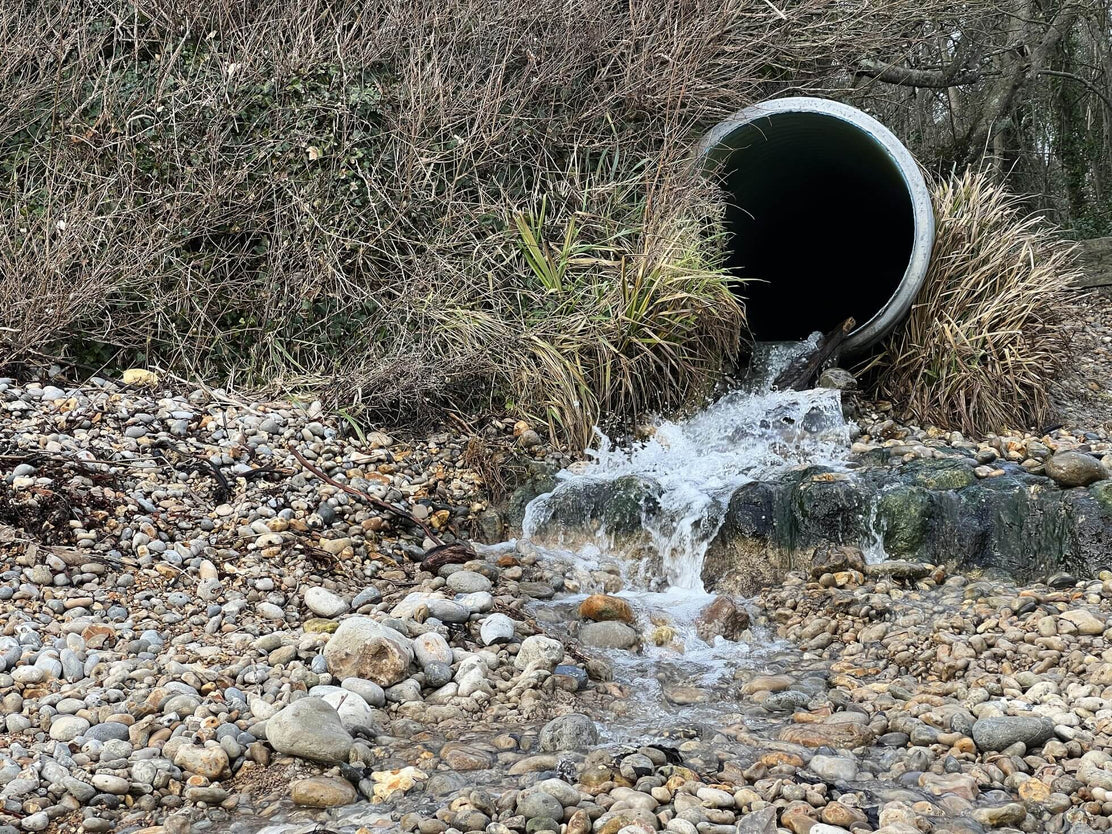
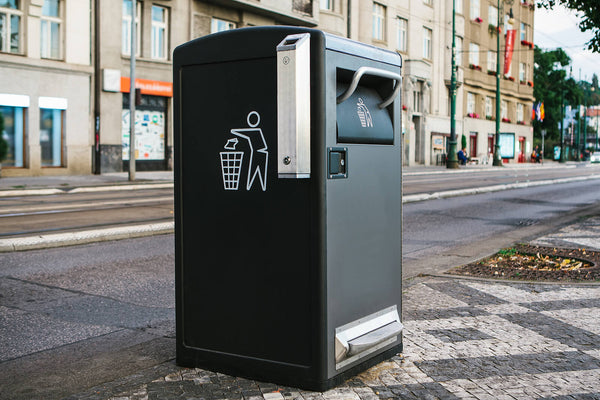
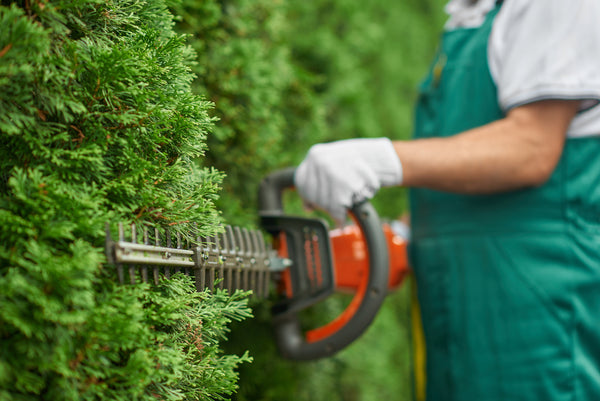
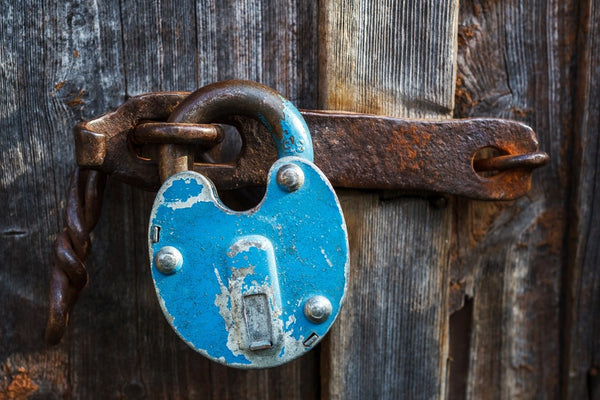
Craig Pryce
With over 17 years of experience in the waste and recycling industry, Craig is passionate about making recycling easier and reducing the negative impact of litter. He has been the managing director of Wheelie Bin Solutions (WBS) since January 2016, and prides the company on his expert knowledge, top-quality products, and customer service. His proudest moment was when WBS supported the 2012 Olympic Games, working in partnership with Contenur UK to supply over 9000 bin containers to all Olympic venues. Craig is always keen to share his knowledge, so whether you need advice about the benefits of a wheelie bin lock, or ideas for alternative uses for your wheelie bin, Craig will ensure your recycling and waste disposal habits are gold medal worthy.